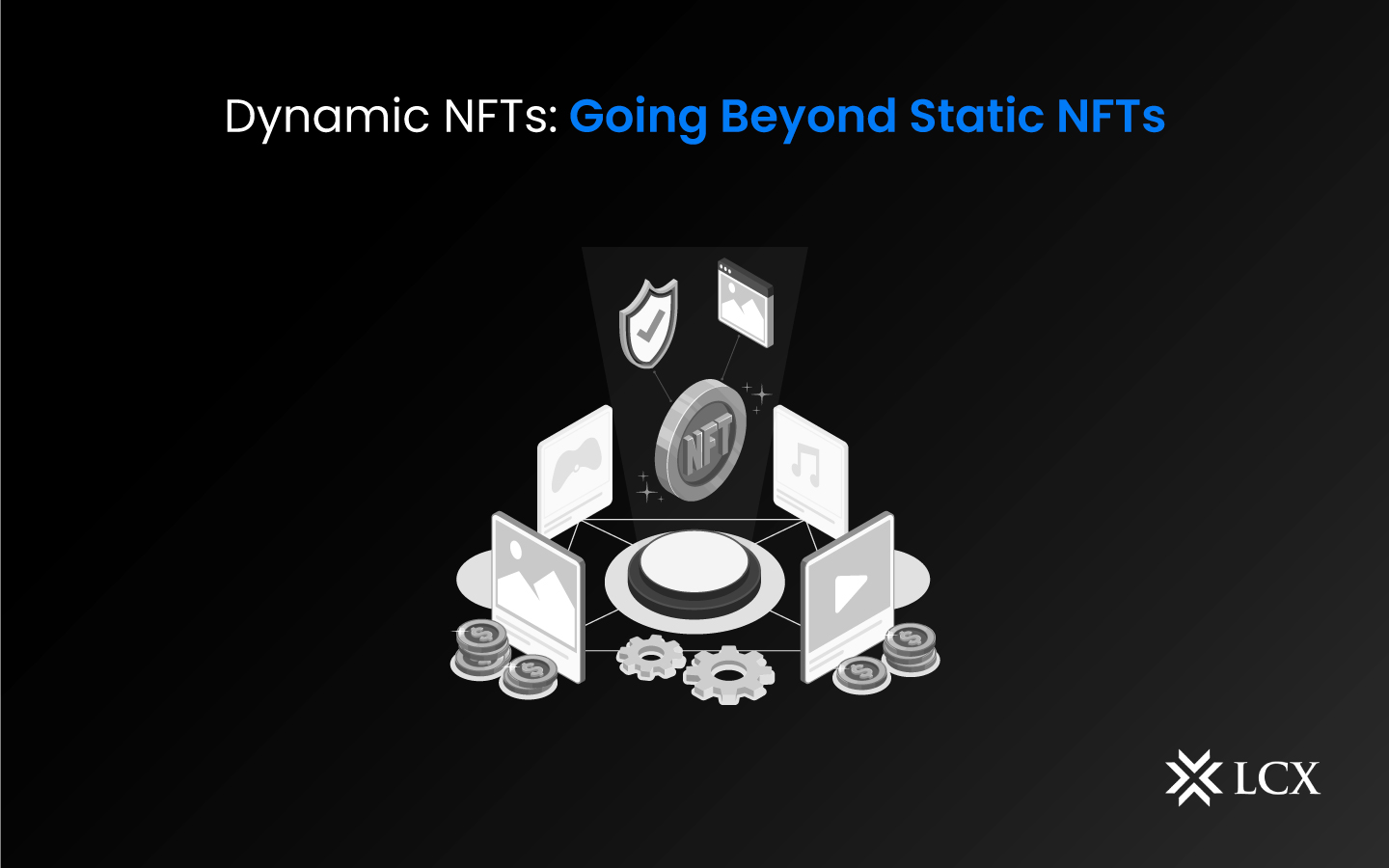An overview of dynamic NFTs

Overall, NFTs are based on cutting-edge blockchain technology, which enables the creation of verifiable and immutable records of ownership and authenticity. Not even dynamic NFTs are exempt.
When an artist creates a dynamic NFT, he or she defines the principles that govern how the NFT can evolve or change over time. These parameters can be stored as code, for example in Ethereum’s Solidity code.
The token standard is the primary difference between traditional NFTs and dynamic ones. Accordingly, dynamic NFTs operate by recording data in an editable format. The ERC-721 token standard is typically used to construct static NFTs, while the ERC-1155 token standard is used to create them. This symbol standard is commonly referred to as “semi-fungible” because it can be changed as needed.
Also, the use of smart contracts, which are autonomous programs coded within NFT, makes NFT dynamics possible. These smart contracts automate certain tasks, such as changing the NFT’s appearance, animations or behavior based on particular conditions. In addition, they facilitate a variety of interactions, such as enabling individuals to connect to NFT in a virtual environment.
Smart contracts also specify how these can be transferred, bought and traded, as well as how the creators’ royalties are to be distributed. Users need a digital currency wallet that allows smart contracts to interact with dNFTs. Then, people can buy, sell, and trade NFTs on NFT exchanges, or put them to use in decentralized applications (DApps) that promote and take advantage of NFTs’ inherent flexibility.
Applications of dynamic NFTs
Collaboration, programmability, adaptability, and development of additional sources of income for artists and collectors are some of the key benefits of dynamic NFTs.
- It provides a high level of interactivity. Flexibility and adaptability make them more engaging and exciting for collectors and the public, while also opening up new opportunities for creative expression.
- Because they are programmable, NFTs can be highly automated and controlled, opening up opportunities for new use cases and applications across a wide range of sectors. A changing NFT can represent a game’s evolving protagonist or an item that gains new skills as the player does.
- Beyond digital art, these can be implemented in a variety of services, including games, social networks and others. Their versatility gives developers and creators new opportunities to innovate and create immersive user experiences.
- dNFTs provide artists with new sources of income. They offer an exciting source of long-term income for creators, as they can earn rewards on their NFT’s continued use or interaction.
Conclusion
Dynamic NFTs are a revolutionary development in digital assets. These tokens promise a level of interaction and connectivity that traditional non-fungible currencies simply cannot surpass due to their ability to adapt and evolve over time. These have been shown in a variety of scenarios and applications, ranging from gaming and entertainment to art and collectibles. As the technology and the ecosystem around them continue to evolve, it is clear that this fascinating phenomenon will play an increasingly large role in influencing the coming years of digital ownership and value exchange.























